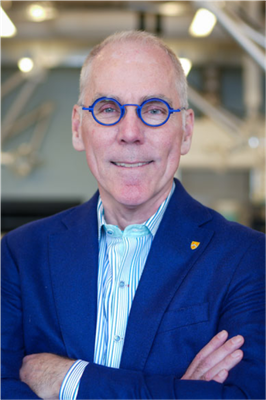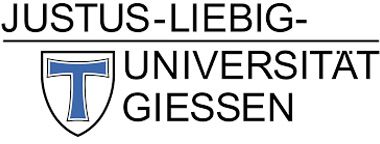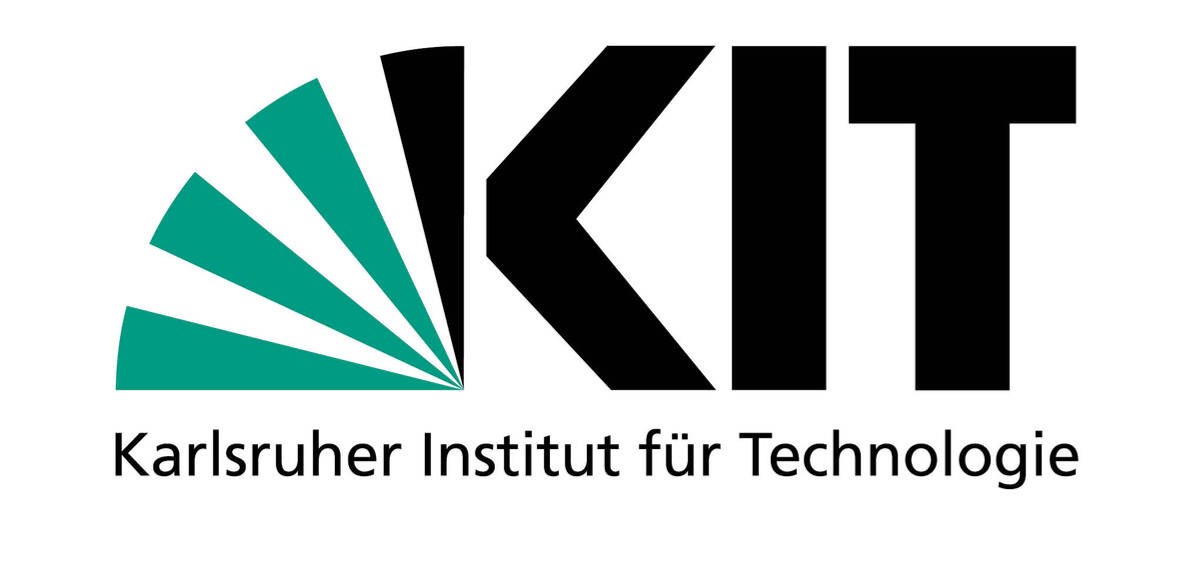Main Content
Invited Speakers at FOR 2824 Conference in Nierstein

John F Corrigan
|
Professor John Corrigan completed his BSc studies in Chemistry at the University of Toronto, Canada followed by his PhD in Chemistry at the University of Waterloo, Canada. He then took up a post-doctoral appointment at the Universität Karlsruhe, Germany (now Karlsruhe Institute for Technology). He joined the Department of Chemistry at the University of Western Ontario in London, Canada as an Assistant Professor where he was promoted through the ranks to Full Professor. In 2022, he returned to the University of Waterloo as Professor of Chemistry and Chair of the Department. His research interests are located on the frontiers between coordination chemistry, materials chemistry and nanosciences: his team targets atomically precise clusters via the design of small molecules that are incorporated into higher order architectures with tailored surface functionality. |
|

Myrta Grüning
|
Myrta Grüning is a Reader at the Centre for Quantum Materials and Technologies at Queen’s University Belfast. She received her PhD from the Free University of Amsterdam and held postdoctoral positions at the Donostia International Physics Centre, the University of Louvain, and the University of Coimbra. Her research focuses on developing first-principles methods — within density functional theory and many-body perturbation theory — to study the electronic and optical properties of materials. She contibuted to the ADF and Questaal codes and is a developer of the Yambo code. |
|

Jean-Cyrille Hierso
|
Jean-Cyrille Hierso is currently Director of the CNRS Institute of Molecular Chemistry at the University of Burgundy. He received his PhD from the Université de Toulouse and did postdoc research at Leiden University, Netherlands among others. |
|

Isabelle Staude
|
Prof. Dr. Isabelle Staude studied physics at the University of Konstanz, and subsequently received her Ph.D. degree from the Karlsruhe Institute of Technology, Germany, in 2011. For her postdoc, she moved to the Australian National University, Canberra, Australia. She returned to Germany in mid-2015 to establish a junior research group on functional photonic nanostructures at the Friedrich Schiller University Jena, Germany. In fall 2017, she became a junior professor at the same institution. She was promoted to full professor in spring 2020. She received an Emmy-Noether Grant from the German research Foundation as well as the Hertha Sponer Prize 2017 from the German Physical Society. Isabelle Staude is an alumna of the German Young Academy (Junge Akademie) and a Fellow of the Max Planck School of Photonics. |
|

Jens Stellhorn
|
Jens Stellhorn is currently Associated Professor at the Co-Creation Institute for Advanced Materials at Shimane University, Japan. He received his PhD in Chemistry from Philipps University Marburg and continued his research at the Nagoya Institute of Technology, the University of Kumamoto, Japan and at the Deutsches Elektronen Synchrotron (DESY). He returned to Japan to become assistant professor at the Dept. of Applied Chemistry, Graduate School of Advanced Science and Engineering, Hiroshima University. |
|

Marc de Wergifosse
|
Professor Marc de Wergifosse is a theoretical and computational chemist with an expertise in physical chemistry and quantum chemistry at Université Catholique de Louvain, Belgium. He received his PhD from Université de Namur. He did postdoctoral studies at UCLA, Royal Belgian Institute for Space Aeronomy and Bonn University. He is an expert in the prediction and interpretation of linear and nonlinear optical properties of model to complex systems by using quantum chemistry |

